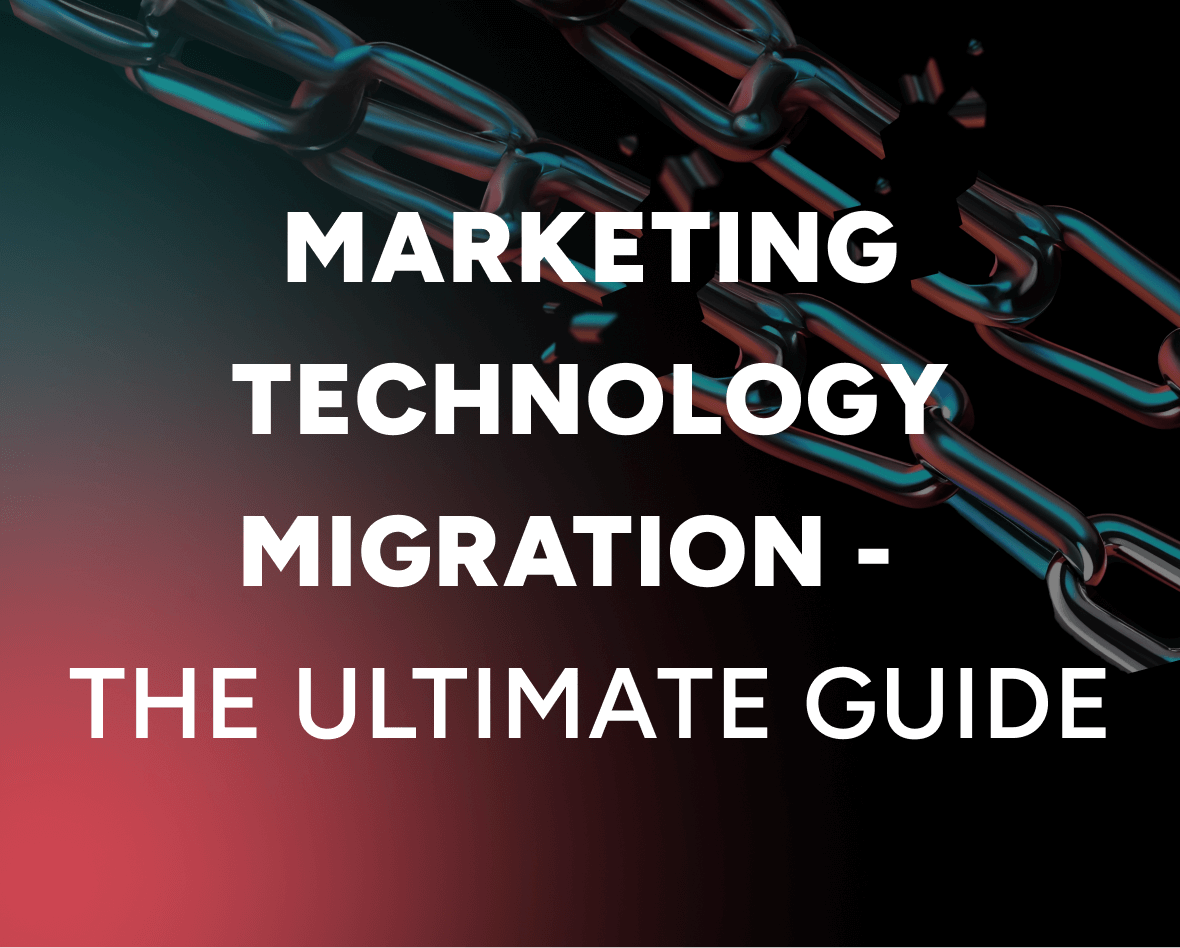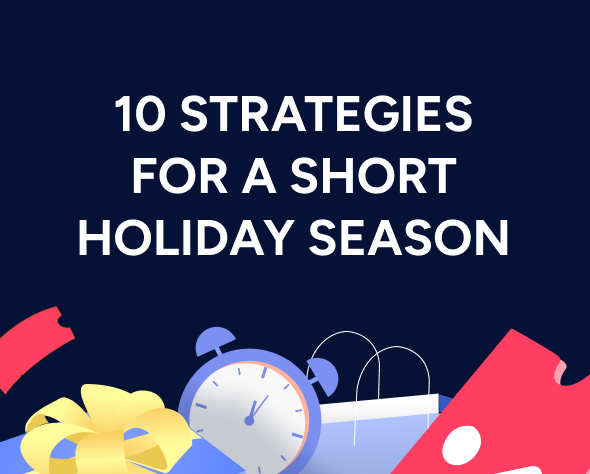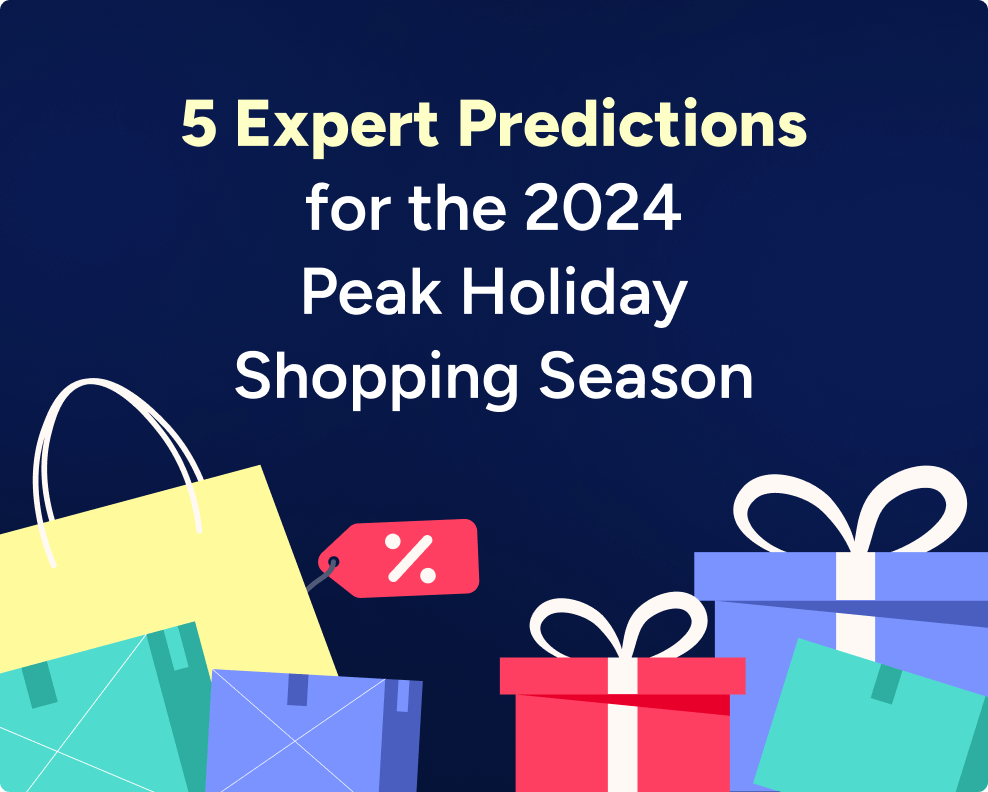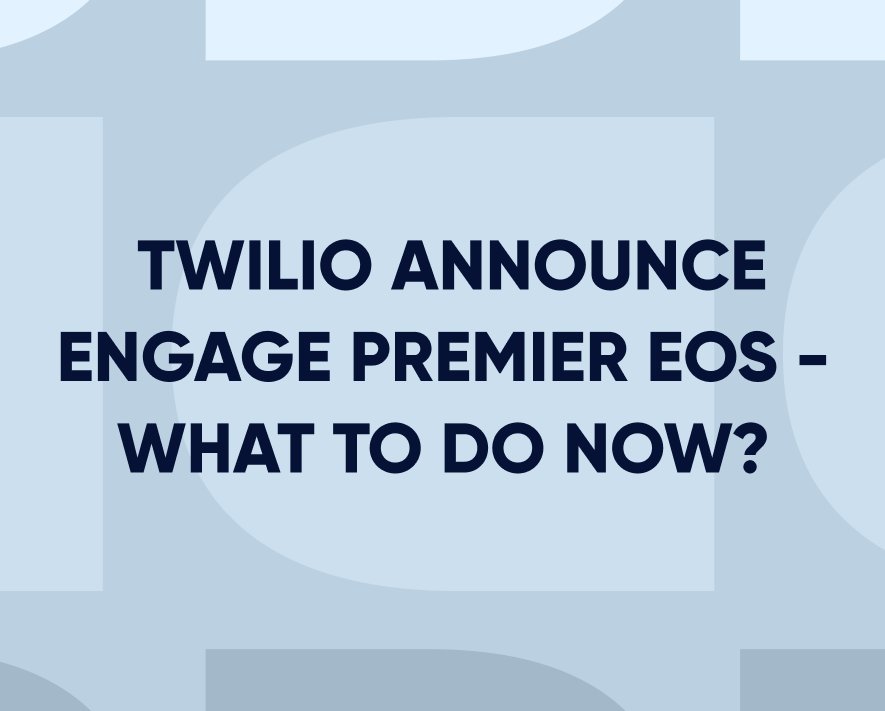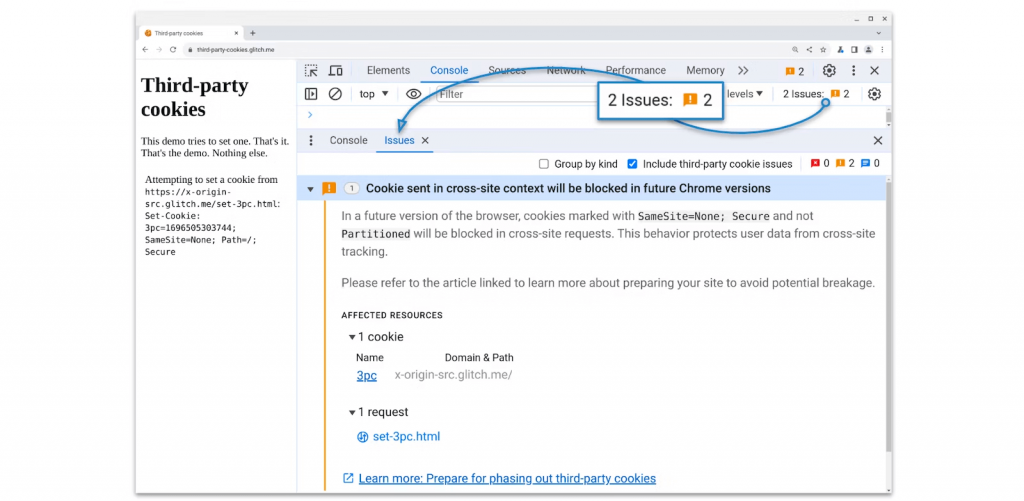How to prepare for and succeed in the cookieless marketing era
The online data privacy concerns and regulations post-2016 made it clear that third-party cookies can no longer be the cornerstone of successful digital marketing.
Updated on 16 Aug 2024
Instead, marketers who want to thrive in the cookieless future must drastically change their approach by:
- Relying heavily on zero- and first-party data.
- Implementing engagement strategies that don’t require any user data.
- Unifying their customer data to simplify its management and keep it secure more easily.
In this guide, you’ll learn what cookieless marketing entails and how it’s different from traditional approaches based on third-party cookies. We’ll also provide practical steps to engage your audiences and drive revenue, without needing any user data (or by using zero- and first-party data exclusively).
What is cookieless marketing?
The term cookieless marketing refers to using marketing strategies that don’t rely on third-party cookies. Instead, cookieless marketing relies on no user data or on zero- and first-party data provided by customers explicitly (e.g., via surveys) or collected directly by brands from their own channels (e.g., by tracking website activities).
The expression gained popularity after growing privacy concerns about companies’ ability to track users across the web led lawmakers to create various data privacy regulations. The most famous of these are the California Consumer Privacy Act (CCPA) and the General Data Protection Regulation (GDPR) for the European Union.
The world’s biggest technology companies responded to the growing pressures and regulations with some massive changes. For example:
- Apple launched Intelligent Tracking Prevention (ITP), which enabled Safari to block third-party cookies all the way back in 2020. Their massive iOS 14.5 update also gave users the choice to block apps and websites from collecting their data.
- Google announced that they’ll phase out third-party cookies for Chrome users by the end of 2024. They also launched a Privacy Sandbox for developing privacy-friendly alternatives to third-party cookies and other forms of cross-site tracking.
Understanding third-party cookies
To grasp the importance of the upcoming cookieless world, we first need to cover what third-party cookies are.
Third-party cookies are small pieces of data stored on users’ web browsers when they visit a website. Unlike first-party cookies, which are created by the website and serve important user experience functions, third-party cookies are created by other domains. Their primary purpose is to enable digital advertising efforts across social media and search engines, including retargeting, cross-site tracking, and ad tracking.
The classic example of seeing a Facebook, Instagram, or Google ad for a product you’ve been researching or browsing on a website is powered by this technology. Digital marketers rely on third-party cookies for more precise targeting and measurement of their campaigns’ return on investment (ROI).
However, many consumers aren’t okay with the idea of being “followed” across the web, especially without their explicit consent. The ability of websites different from the one you’re on to access your browsing history and personal data naturally led to concerns and the slow demise of third-party cookies.
That’s why, in the presumably near future, marketers will no longer have access to data collected via third-party cookies, which will affect their ad targeting and analytics efforts. For example, many marketing teams have already experienced the impact as much of their website traffic is attributed as “Direct” due to the referral data being hidden by default.
How to prepare for the cookieless marketing future
If you have a heavy reliance on third-party cookies (like many retailers and publishers), it’s time to shift your approach. While the complete demise of third-party cookies has been postponed, it’s still inevitable, so you don’t want to be left in the dark when that happens.
Below, we’ve outlined a three-step process that will help you:
- Identify your site’s third-party cookie usage.
- Collect more zero- and first-party data to ensure you have reliable insights to power your marketing efforts.
- Unify your customer data.
Audit your website’s third-party cookie usage
You can easily find instances of cookies being set and sent on requests using Chrome’s DevTools panel. Just open your site in Incognito mode, inspect the code, and head to the DevTools Issues tab.
Under the Storage section, click on “Cookies” to browse through the ones stored for your site and accessed during the page load. You can also preview which ones will be potentially affected after the phase-out with a definitive prompt.
This should give you a good foundation to start a conversation with your developers about the changes that must be made to reduce your reliance on third-party cookies.
Ramp up zero- and first-party data collection
With third-party data becoming a thing of the past, marketers will have to rely much more on zero- and first-party data. Fortunately, there are plenty of ways to collect that information.
For example, once set up, Insider — our AI-native personalization platform — can automatically collect valuable first-party data, like your customers’ on-site interactions, including which categories they visit, which products they add to their carts, which attributes they’re interested in, and so on.
Our solution was built on top of native listeners that can read and process this data in real-time. As a result, you don’t have to spend tons of engineering hours setting up our listeners and ensuring they’re working correctly.
Insider also combines a plethora of solutions for different channels and use cases, all of which can share data seamlessly. This means crucial insights into user behaviors and preferences are always shared between our:
- Website and mobile app personalization tools.
- Channel-specific products for email, SMS, and other touchpoints.
- Cross-channel journey builder and automation solution (Architect).
Put simply, Insider makes it easy to collect, store, and use first-party data across channels and for different use cases.
You can also use our solution to improve zero-party data collection across different channels. For example, you can collect data directly from customers via:
- Onsite surveys and feedback forms. These are great for gathering information about your customers’ satisfaction levels, product and category preferences, interests in new collections, and more.
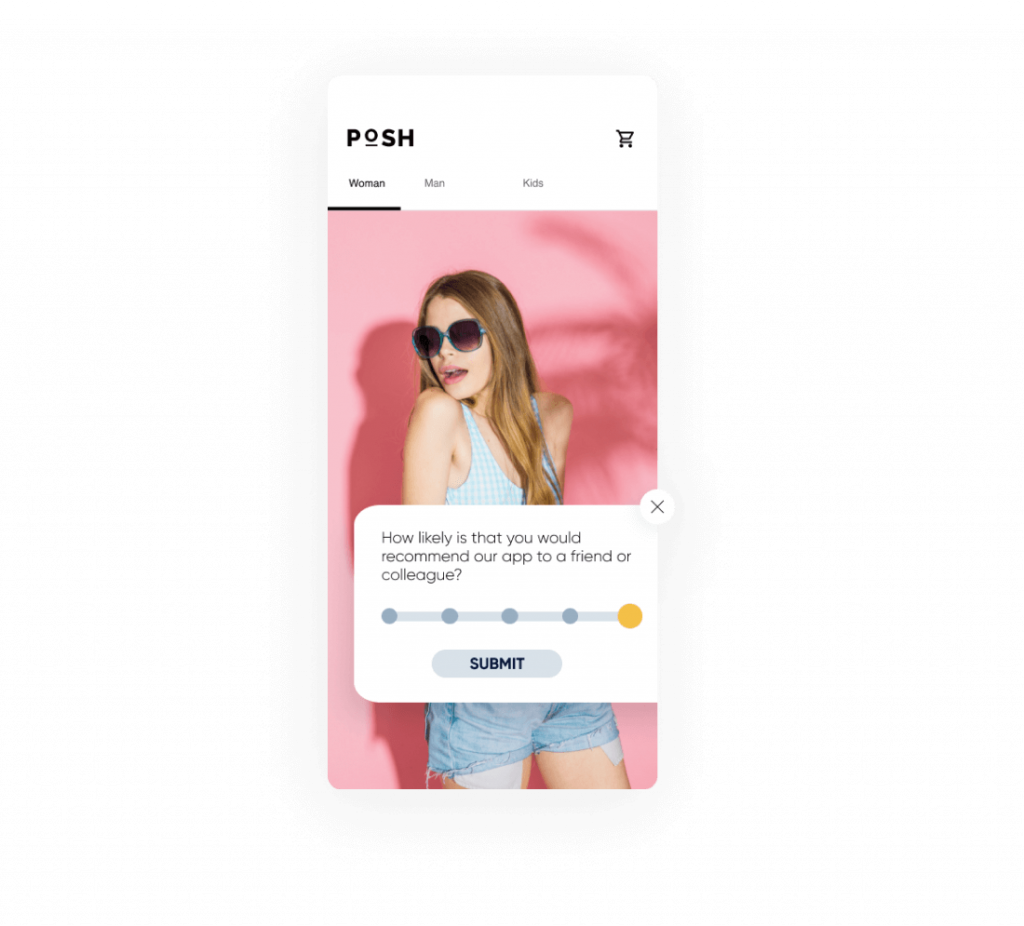
- Gamified lead collection pop-ups. Gamification is a powerful tool if you’re trying to get more visitors to share their contact information with you. With Insider, you can use many gamification templates to entice customers to share their emails and phone numbers. Yves Rocher was able to grow their lead database by 6% in just 30 days with one of these templates.
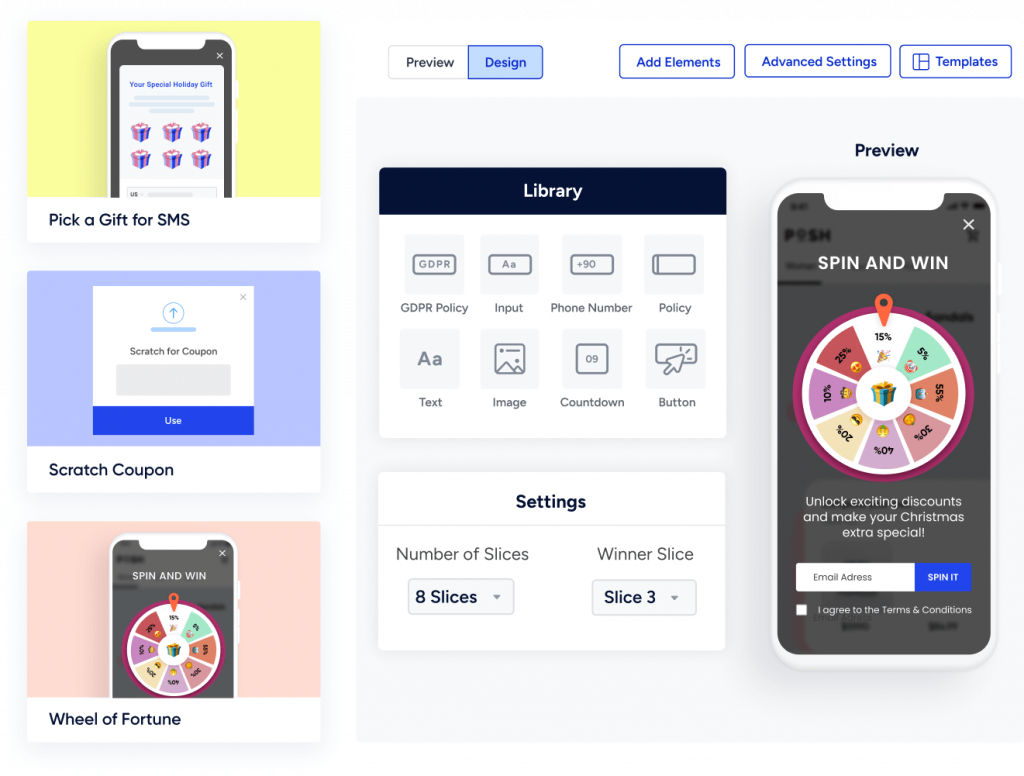
- Email and messaging app communications. You can send surveys and ask for feedback across channels like email, SMS, and WhatsApp. With our AMP emails, customers can even provide their feedback without leaving the email, which removes most of the friction when it comes to providing first-party data.
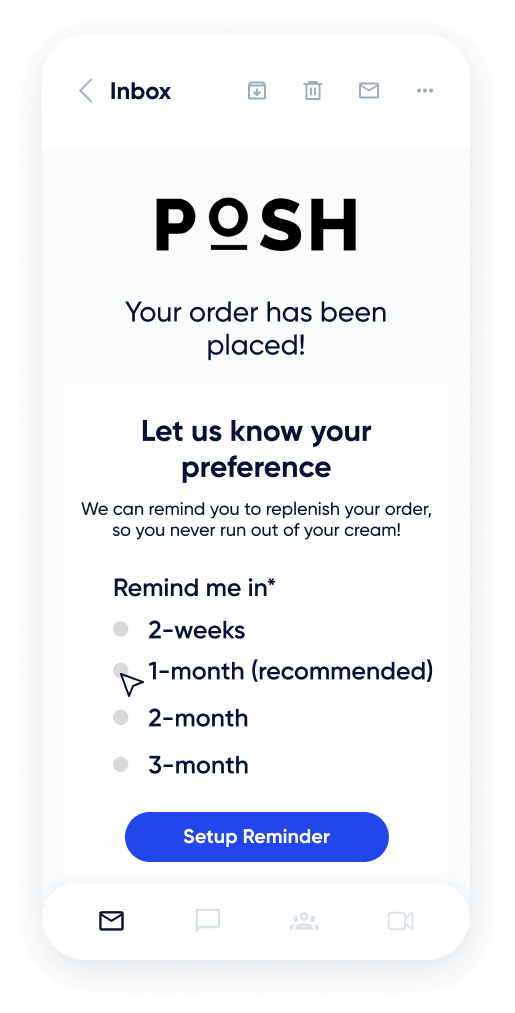
Unify your customer data
A common reason why many companies struggle to keep their customer information secure and comply with privacy regulations is that their data is simply scattered between systems.
For example, midsize and large companies store consumer data in:
- Analytics platforms.
- Content management systems (CMS).
- Email, SMS, and other channel-specific tools.
- Customer relationship management (CRM) systems.
- And many other systems.
This creates data silos that make it difficult to know exactly what data you’re using and where it’s being stored. They also prevent you from getting a clear understanding of the entire customer journey, as key insights are locked away in various silos.
One way to overcome this issue and simplify data management is by using a customer data platform (CDP).
CDPs are solutions built specifically to unify data from multiple sources — like CMSs, CRMs, POS devices, analytics tools, social media platforms, and more — into a single database. They can unify all types of information, including zero-, first-, second-, and third-party data if necessary.
They also create detailed 360-degree profiles of all customers. For example, Insider’s CDP gives you 360-degree customer views with insights into:
- Customers’ names, locations, and demographics.
- Their purchase histories and their last visited or abandoned products.
- Their interactions with your website, mobile app, email, and messaging channel communications.
- Predictive characteristics, such as their likelihood to purchase or engage on a channel, their discount affinity, and more.
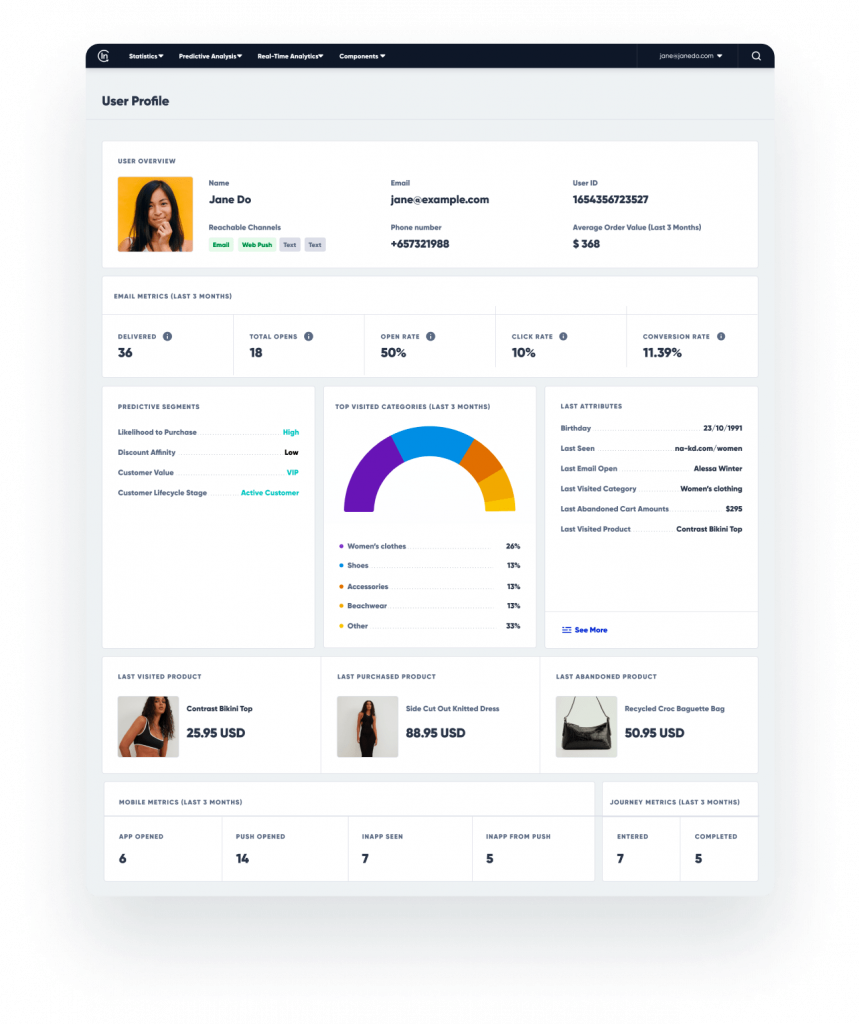
Again, while our CDP can store third-party data, that’s not necessary for you to get value from it. If you’re collecting zero- and first-party data, you can get a great understanding of the customer journey — e.g., across your website, mobile app, email, and messaging channels — without needing to rely on third-party cookies.
With Insider, you also get access to a plethora of advanced segmentation options across three different audience types:
- Standard, like devices, locations, and operating systems.
- Predefined, like leads, cart and browser abandoners, and mobile app users.
- Predictive, like the likelihood to purchase or engage on a specific channel, discount affinity, and spending potential.
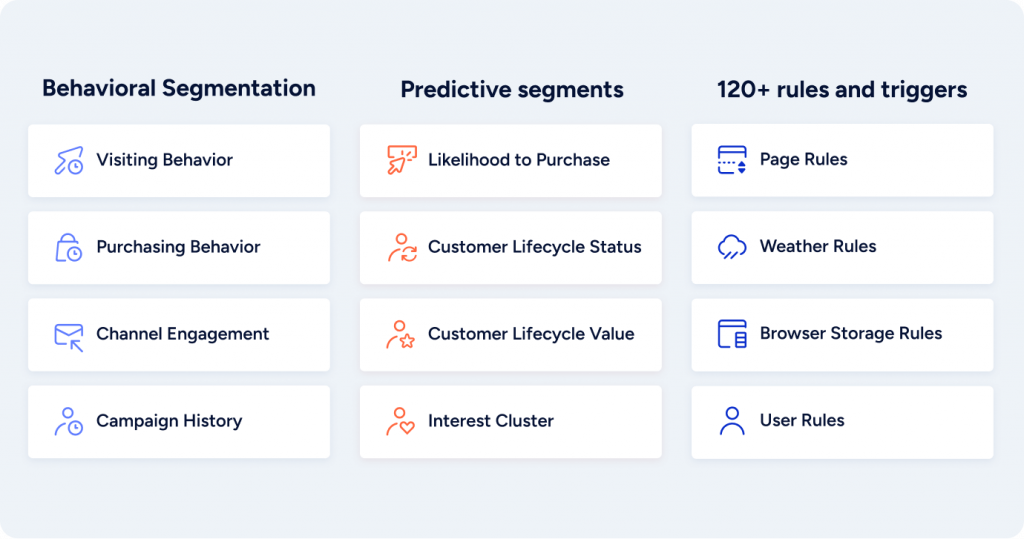
These capabilities make CDPs incredibly valuable for marketers looking to simplify data management by keeping all customer information in one convenient location, analyzing it, and targeting the right audiences with their efforts.
5 Proven cookieless marketing and personalization strategies
At a high level, transitioning to cookieless marketing requires using contextual data to understand users’ intent and behaviors without needing third-party cookies. This can include a lot of different marketing strategies and contextual targeting efforts, like:
- Triggering website campaigns based on the page type or URL a visitor is currently on.
- Using cookieless data points like device type and browser to tailor experiences for your website visitors.
- Maximizing in-session information to trigger experiences in real-time for your users (e.g., deliver experiences based on the Number of Items in the Cart or upon Exit Intent).
In this section, we’ll look at five similar strategies that can help you drive engagement, conversions, and revenue, without needing any user information (or only zero- and first-party data).
1) Showcase top-searched keywords
If your site has a search function, showing the top-searched keywords can be a great way to guide visitors further down the buying funnel. This tactic doesn’t require any user data and is easy to implement with a modern solution like Insider since there’s a pre-built template for it.
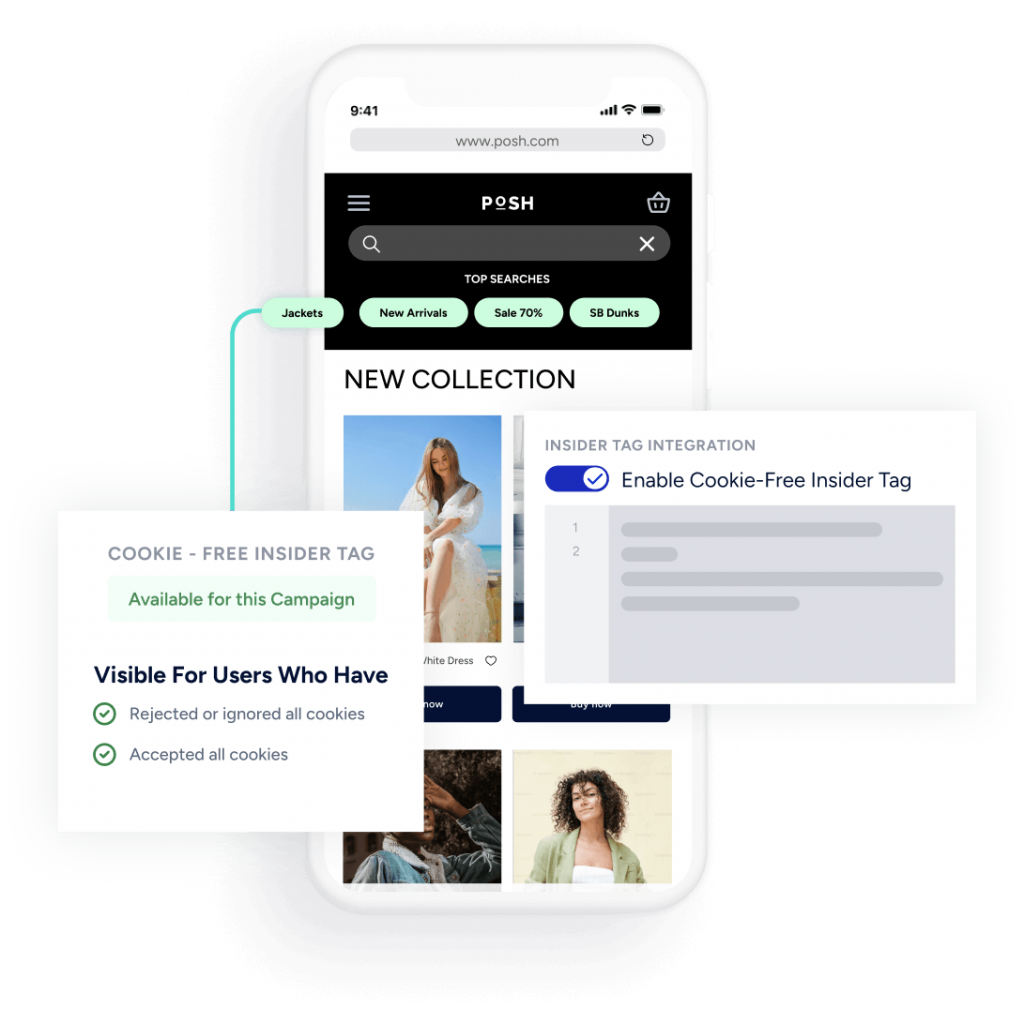
For a real-life example, check out our case study with PUMA. The brand recognized that it could attribute its website bounce rates to poor product discovery due to customers struggling to find relevant products in the massive catalog.
Our team suggested implementing the “Top Search” feature to prominently display the most popular search terms and category keywords. This decreased bounce rates and increased search sessions by 6%.
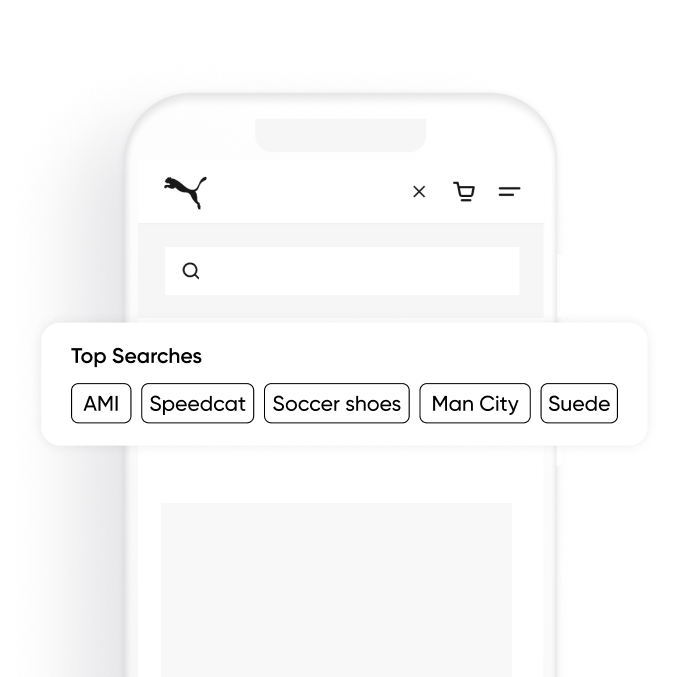
2) Deliver contextual product recommendations
Showing relevant product recommendations across your site or app is essential for maximizing conversion rates and ensuring a smooth shopping experience. Insider makes this possible with our Smart Recommender — an AI-powered tool that helps you boost product discovery at every touchpoint.
For example, you can use Insider to implement all sorts of recommendation strategies that don’t rely on user data, like:
- Best sellers.
- New arrivals.
- Trending products.
- Highest discounted products.
- And more.
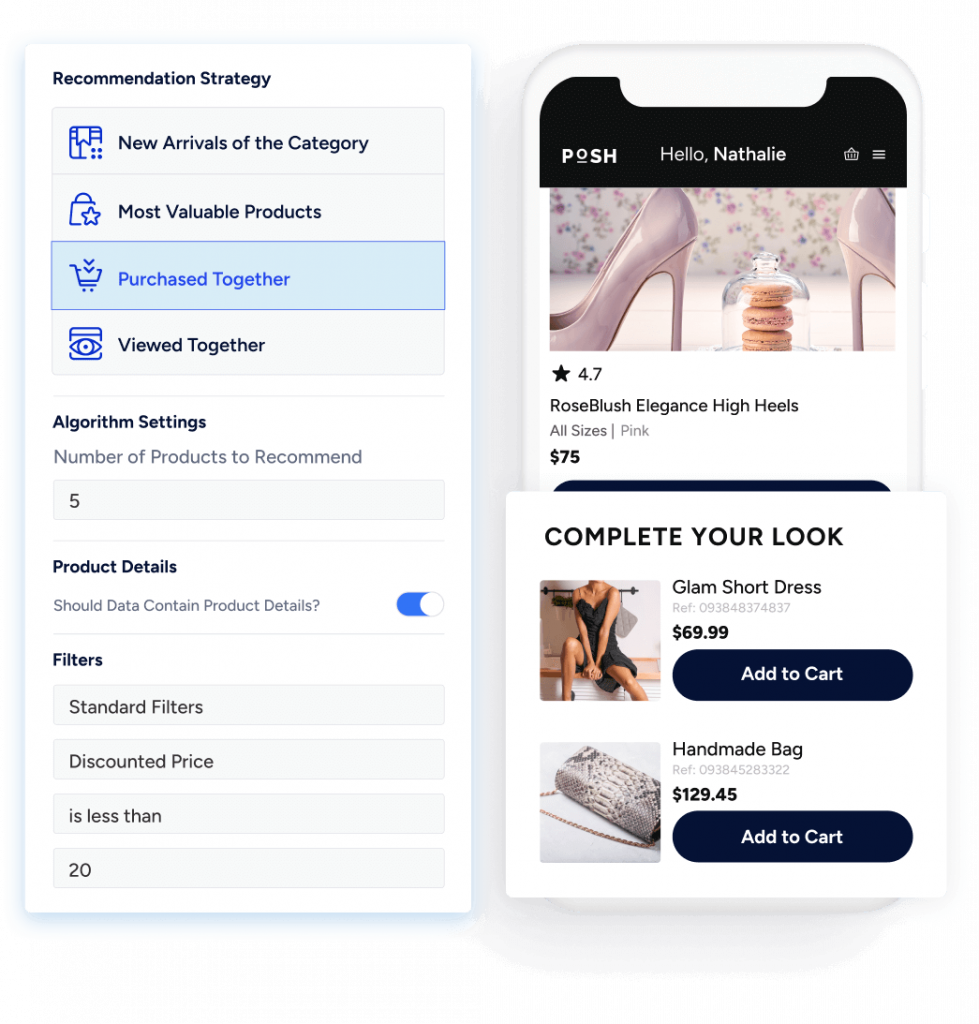
You can also leverage user-based recommendations, where our algorithms automatically match every customer with relevant product recommendations.
This strategy does rely on user data but not necessarily on third-party cookies. Our solution can take into account survey responses and other information provided directly by customers (i.e., zero-party data), website behaviors, and purchase history (first-party data) to deliver personalized recommendations.For example, Avon used Insider to build a recommendation campaign that targeted users about to exit the website.
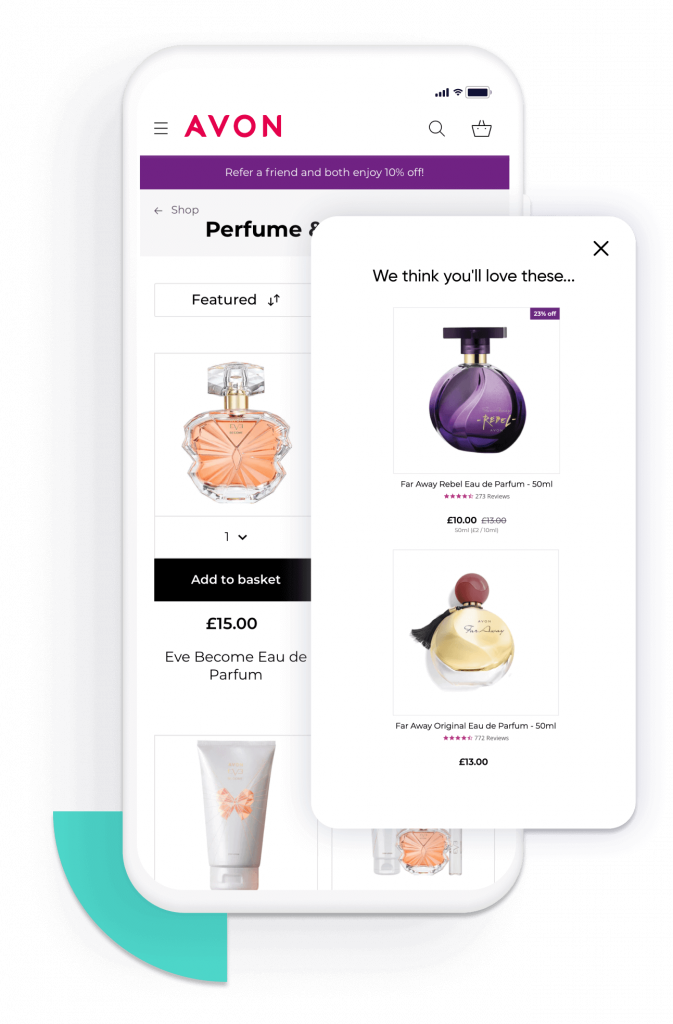
By showing them recommendations for products closely linked to their previous behavior and intent, Avon increased the likelihood of purchase and kept these visitors on the site for longer. This resulted in a 23% increase in conversions.
3) Build confidence in customers with social proof campaigns
Social proof is a tried-and-tested tactic that can help you convert more visitors to paying customers. You can see it across many eCommerce sites in the form of customer reviews next to a product or a small bar displaying the number of people who saw or bought a product.
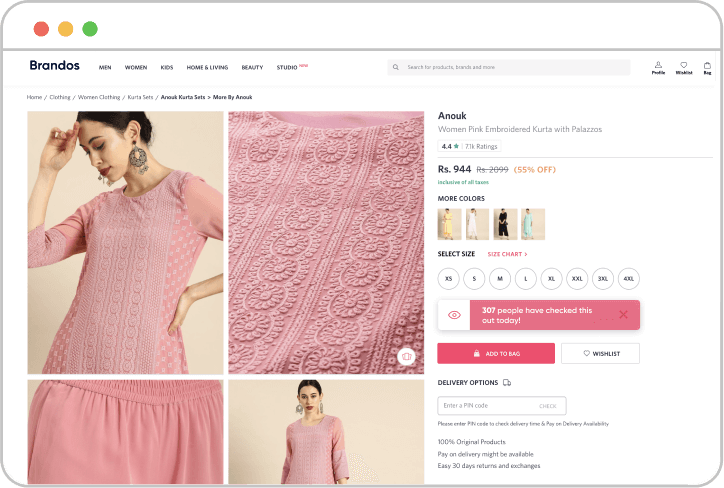
Hunkemöller is one of the companies that successfully implemented this tactic with Insider. Their team needed a solution that could drive conversions while also giving them the ability to test out what customers engaged with most.
Our team suggested they start using small social proof elements that show how many customers had bought a product. The brand ran an A/B test and saw a 20% increase in conversions on desktop and a 13% increase in conversion on mobile with these social proof elements.
4) Create urgency with timAt the same time, customers are still faced with a plethora of site search issues like:
- Being shown products that aren’t relevant to their query or their behaviors and preferences.
- Having to phrase their query in a bunch of different ways when they don’t know the exact product name.
- Getting irrelevant or no results when they use different language (like synonyms, slangs, and abbreviations) than the one used in the store’s catalog.
When these issues occur, most shoppers don’t continue browsing the site in hopes of finding what they need. They bounce, which forces brands to either retarget them with expensive ads or lose out on potential customers.
In this guide, you’ll learn everything you need to know about eCommerce site search, including how to avoid these common pitfalls. We’ll explore the benefits and importance of a good search experience, key features and best practices when it comes to choosing an eCommerce site search solution, and more.e-dependent campaigns on your homepage
This is another classic tactic used by companies across various industries. If you’re running a time-dependent campaign, letting website visitors know when exactly it’s ending via countdown time is a powerful way to induce purchases.
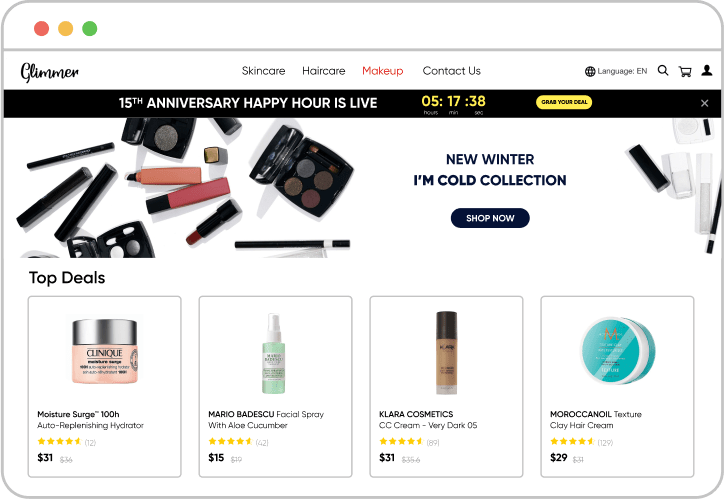
Again, you can easily create such a campaign using Insider’s no-code drag-and-drop editor. You can also test it on different devices and viewports to ensure it looks good across the board.
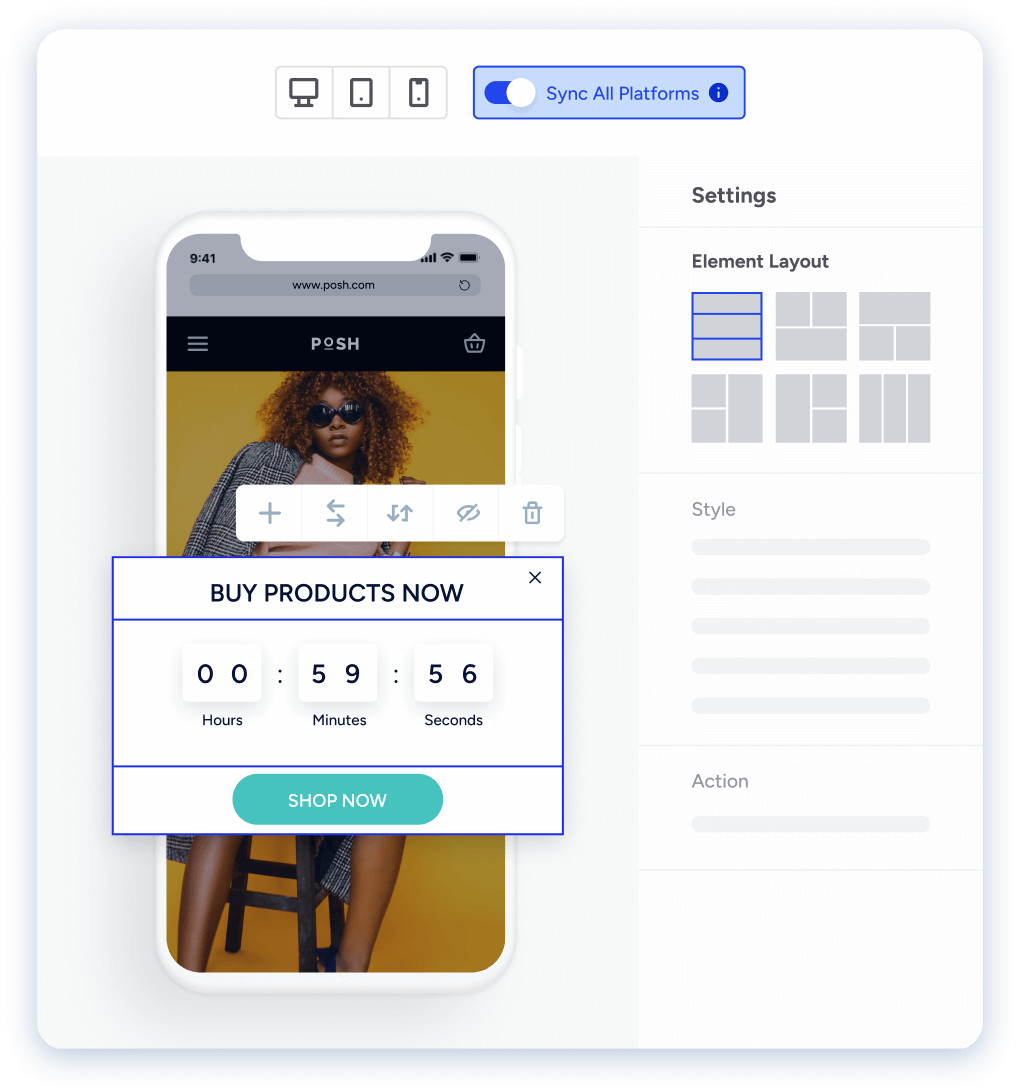
Forum Sport used this tactic to speed up engagement for certain products and create a sense of urgency. Their team observed an immediate 20% uplift in conversions from these campaigns.
5) Entice users to add items to their carts and complete their purchases
Even with a beautiful, well-organized website, many shoppers won’t buy anything without being prompted to do so. That’s why it’s so essential to provide small nudges that entice potential customers to add items to their carts and complete their purchases.
For example, Insider’s Web Suite lets you add:
- Widgets that enable customers to add items to their carts by swiping, which increases basket-building speed.
- Eye-catching features like Hellobar, Page Curl, and Tab Talk.
- Timely cart reminders that improve checkout rates.
- Floating carts that simplify cart management.
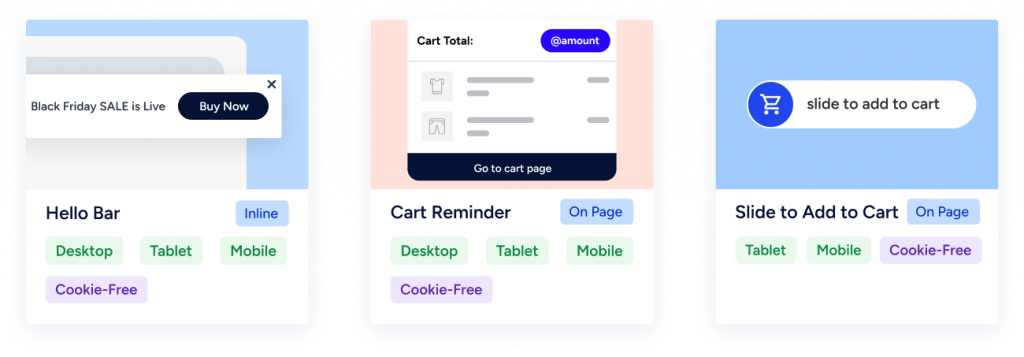
Adding a progress bar is another great way to encourage purchase completions and upsells.
For example, Phillips used Insider to add such a bar to their website. This bar reminded shoppers of the current value of their carts and how much more they have to add to become eligible for shipping offers. This visible, real-time engagement improved clicks and onsite engagement, resulting in a 35% increase in AOV.
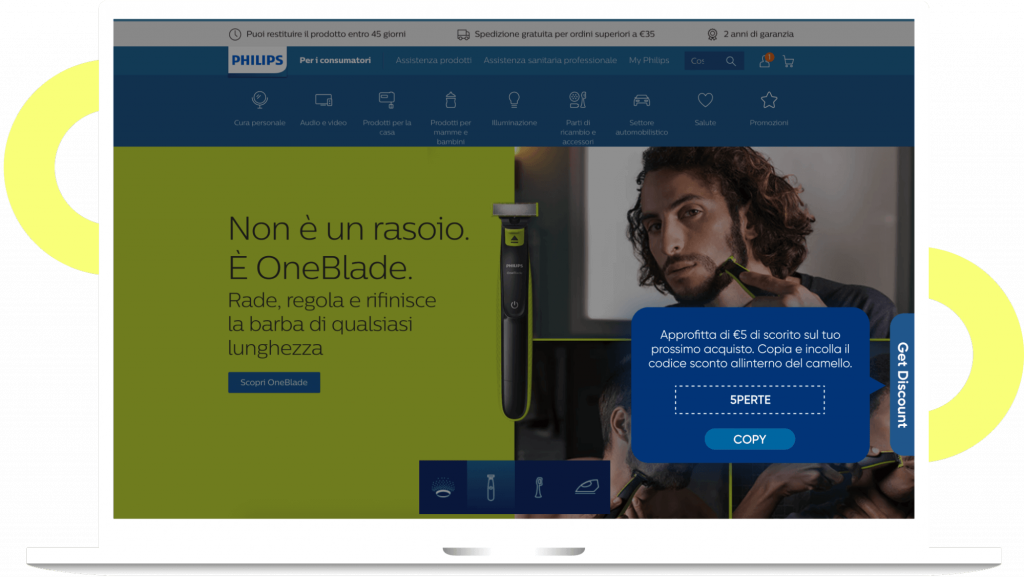
Maximize the potential of cookieless marketing with Insider
Insider is an ideal platform for mid-sized and enterprise companies looking to become leaders in the cookieless marketing future. It can help you collect essential zero- and first-party data in a variety of ways and implement many cookieless personalization and engagement tactics.
Our enterprise marketing platform is also a great choice if you’re looking to:
- Aggregate your customer data from different online and offline sources across your ecosystem, like CRMs, CMSs, POS devices, analytics tools, and more, into one place.
- Monitor customers’ behaviors across your channels — including your website, mobile app, email, messaging channels, and chatbots — to uncover their needs, interests, and preferences.
- Use the full power of machine learning and artificial intelligence (AI) to predict future behaviors, segment your target audiences, automate mundane marketing tasks, speed up campaign creation and optimization, and more.
- Create individualized customer experiences across channels, like your website, mobile app, email, SMS, WhatsApp, Facebook Messenger, and more. This is possible thanks to Architect — our customer journey builder and marketing automation solution that lets you deliver completely personalized experiences across all customer touchpoints.
- Maximize your marketing budget and efforts by using a unified marketing platform to create, automate, manage, analyze, and optimize marketing campaigns across all your channels.
Finally, our versatile setup options, experienced support team, and massive template library will let you get started and see a meaningful return on your investment as quickly as possible.
Click here to book a demo with our team and learn how Insider can help you reach your business goals.

